Moving from Teacher to Facilitator | Social Learning Blog
Dashe & Thomson
JANUARY 25, 2011
Even with the help of the newest technology tools to communicate and educate including social media, wikis, and Google, we still need to transform our ILT classrooms and training sessions into integrated blended learning environments. Properly d. Properly d.


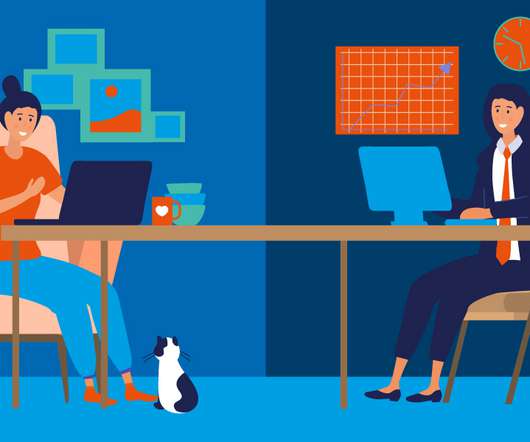

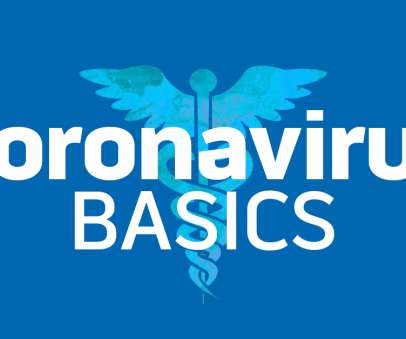
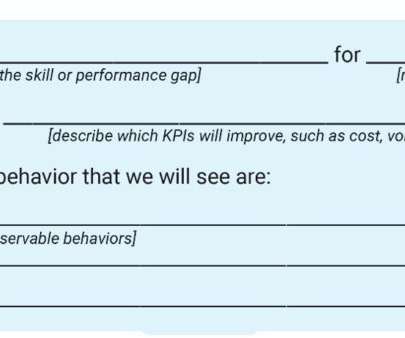

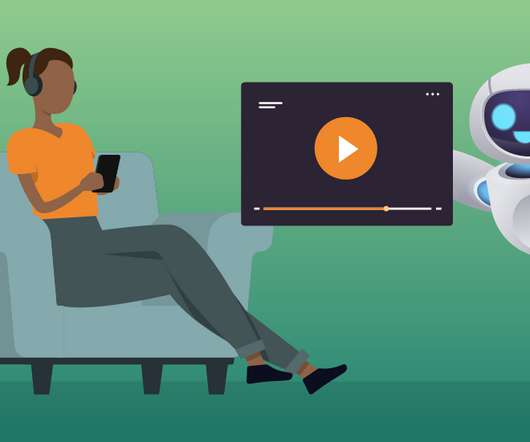
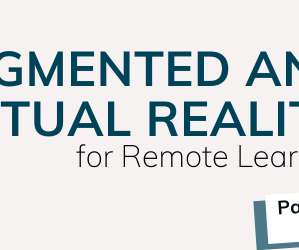







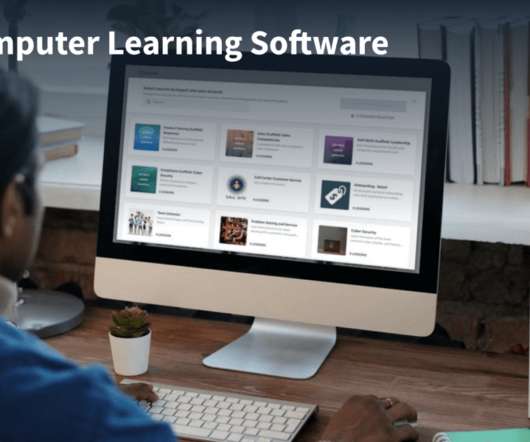







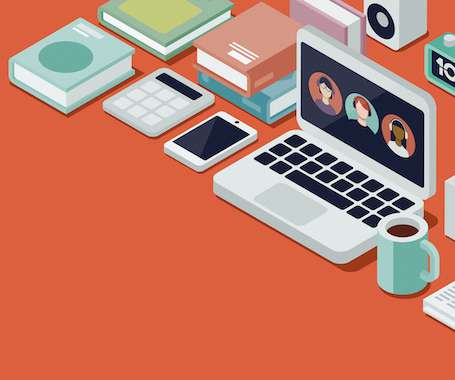















Let's personalize your content